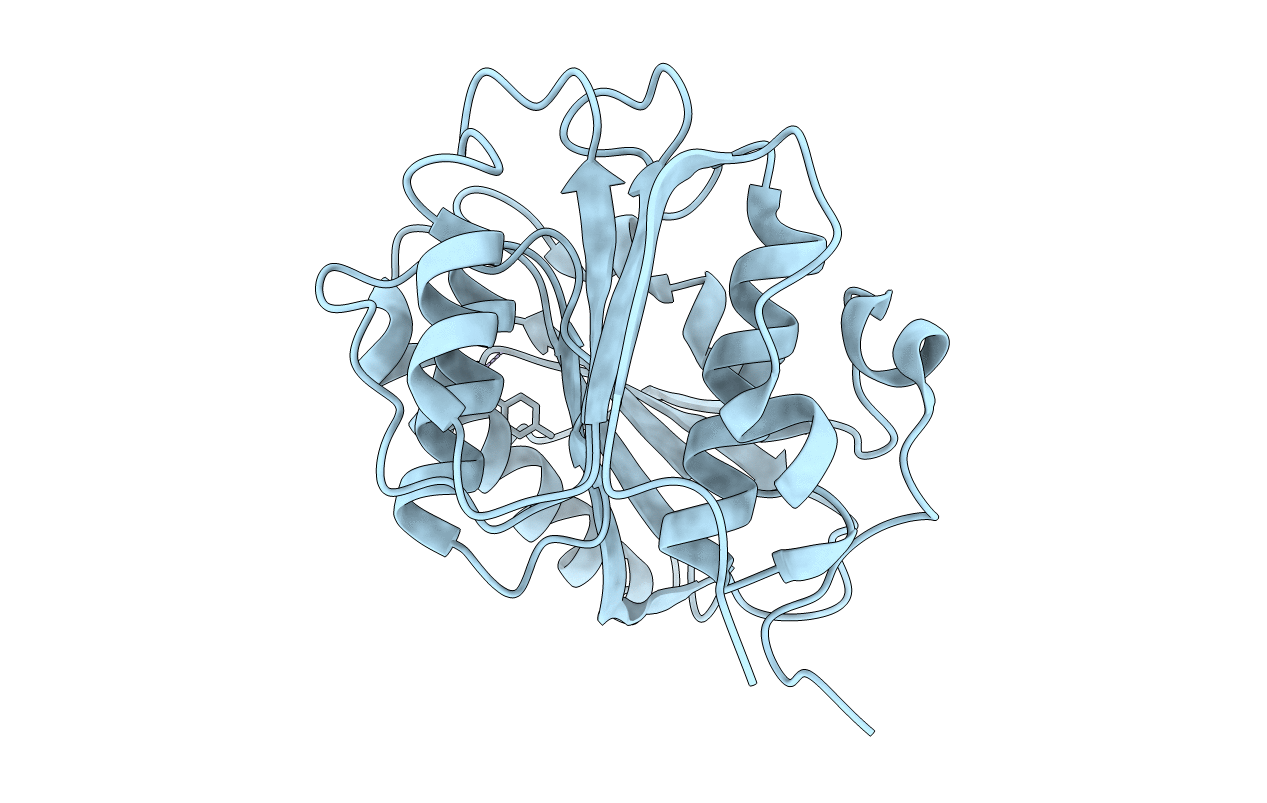
Deposition Date
2018-10-20
Release Date
2019-03-27
Last Version Date
2024-11-06
Entry Detail
PDB ID:
6ILX
Keywords:
Title:
Crystal structure of PETase W159F mutant from Ideonella sakaiensis
Biological Source:
Source Organism:
Ideonella sakaiensis (strain 201-F6) (Taxon ID: 1547922)
Host Organism:
Method Details:
Experimental Method:
Resolution:
1.45 Å
R-Value Free:
0.19
R-Value Work:
0.16
R-Value Observed:
0.17
Space Group:
P 21 21 21


